6. A Room with a View (1985)
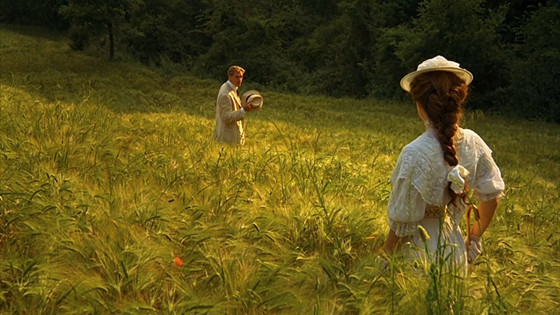
The first scene from “A Room with A View” introduces us to Lucy Honeychurch (Helena Bonham Carter) and her older cousin chaperone Charlotte Bartlett (Maggie Smith). They are two English women who have just arrived at a small guest room in Florence and are complaining about not receiving a room with a view. Soon after, they meet Mr. Emerson (Denholm Elliott) and his son, George (Julian Sands), who offer to exchange rooms with them. However, Charlotte is offended by the offer. This particular scene and their inexplicable behavior – by today’s standards – set the theme of the entire film.
Charlotte, whose conduct is based on keeping up an appearance of respectability, has a great influence on Lucy. However, as the film goes on, Lucy slowly forms a mind of her own and distances herself from her cousin’s views.
This rupture between her attitude and that of her cousin is also suggested by the two men in her life. Her new love interest, George Emerson, and her husband-to-be, Cecil Vyse, are exponents of completely different ethoses. Cecil is a man of the past, while George represents the nonconformist, the free spirit and, at the same time, the forbidden. Her choice between old and new, love and reputation constitutes the essence of this film.
“A Room with A View” is based on E.M. Forster’s 1901 novel of the same name and was nominated for eight Academy Awards, winning three (Best Adapted Screenplay, Best Art Direction and Best Costume Design). It also earned a Best Supporting Actress in a Drama Golden Globe award for Maggie Smith and five BAFTA Awards, including Best Film. Apart from great performances from its cast and a slow yet captivating story, the film is visually stunning, especially the scenes that showcase Florence’s imposing architecture.
7. Atonement (2007)
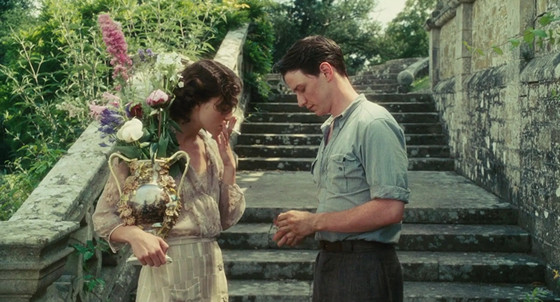
“Atonement” is based on the 2001 Ian McEwan novel of the same name and follows Briony Tallis, a 13-year-old English girl from a wealthy family who remains scarred for life after making an unfortunate decision which will dramatically change the destinies of two innocent people, and hers as well.
The film spans over a period of six decades, with Briony being played by three different actresses. Saoirse Ronan, who was nominated for a Best Supporting Actress Oscar for her performance, plays her at the age of 13; Romola Garai at age eighteen; and finally, in a short yet beautiful scene, Vanessa Redgrave plays her at age 77.
“Atonement” is Joe Wright at his best, one of those rare films where everything falls into place perfectly. “Downton Abbey” fans will love the characters from this film, the love story, the drama and even more, because aside from its emotional story, “Atonement” is also an amazing film from a technical point of view. Not even Wright’s recent Churchill biopic, “Darkest Hour,” which is bound to earn Gary Oldman an Oscar for Best Actor in a Leading Role, comes close to how great this 2007 film is.
8. The Age of Innocence (1993)
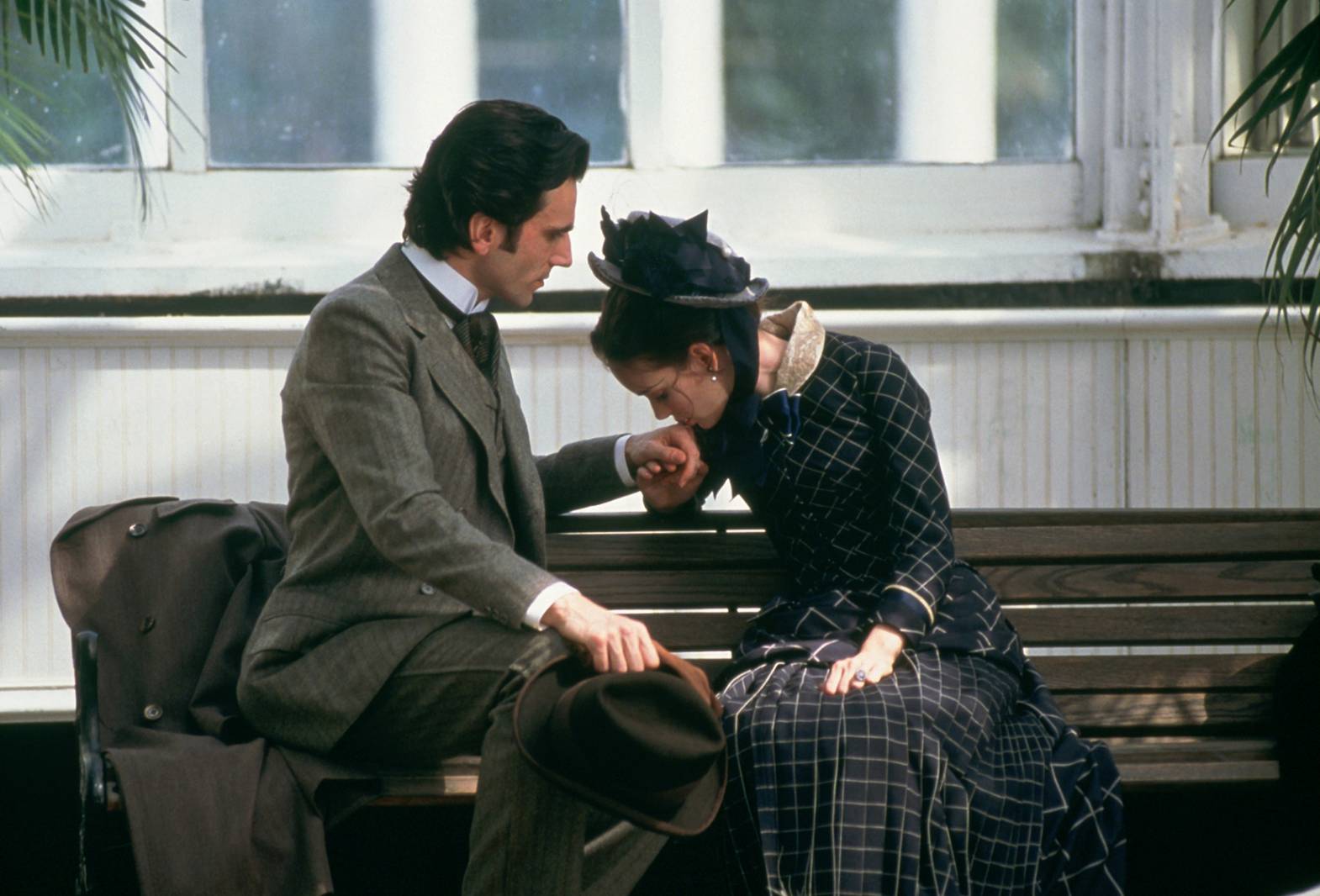
This atypical Scorsese film adapted from Edith Wharton’s 1920 novel was nominated for five Academy Awards, winning one for Best Costume Design. With amazing costumes and production design, the usual great direction from Martin Scorsese and an ensemble cast comprising Daniel Day Lewis, Michelle Pfeiffer, Winona Ryder (Golden Globe for Best Supporting Actress), Michael Gough, Geraldine Chaplin and – in one of her most-known roles – Miriam Margolyes (BAFTA Award for Best Actress in a Supporting Role), “The Age of Innocence” is somewhat of a forgotten masterpiece.
The film follows the struggles of Newland Archer (Daniel Day-Lewis), a young lawyer who falls in love with a recently divorced woman (Michelle Pfeiffer) who’s been disregarded by her family and society. To make matters worse, he is engaged to the woman’s cousin (Winona Ryder).
Like “Downton Abbey,” “The Age of Innocence” depicts a bygone era of purity and self-restraint. This era of the American society whose end was witnessed by Wharton is unknown to our culture. Resonating with the characters in Scorsese’s film can be very hard, but trying to understand the reasons that drive them is just as fascinating.
9. Howards End (1992)
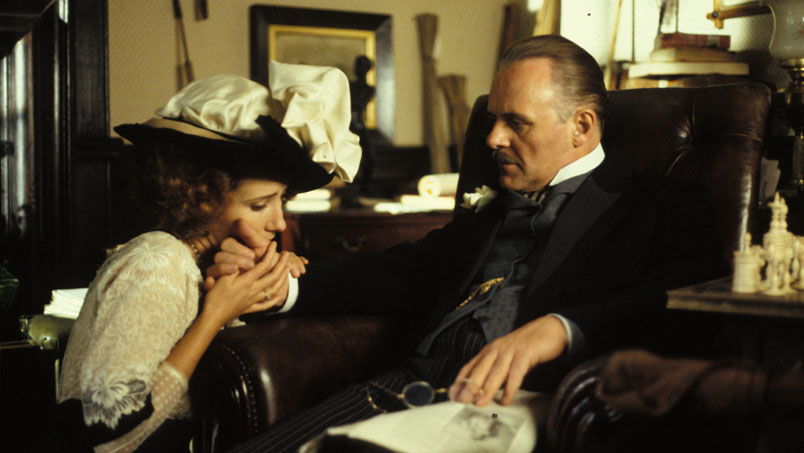
“Howards End” is the third James Ivory film on this list and the second based on an E.M. Forster novel. The film stars Anthony Hopkins as Henry Wilcox, a tough aristocrat who falls in love with the much gentler Margaret Schlegel (Emma Thompson) and examines the social class divisions of the 19th century British society. With this role, Thompson won the Academy Award for Best Actress in 1992.
This isn’t the only adaptation of E.M. Forster classic novel that might appeal to the “Downton Abbey” fandom. In 2017, a four-part television miniseries was released to critical acclaim. The new adaptation is also a great replacement to Julian Fellowes’ period drama.
10. The Young Victoria (2009)
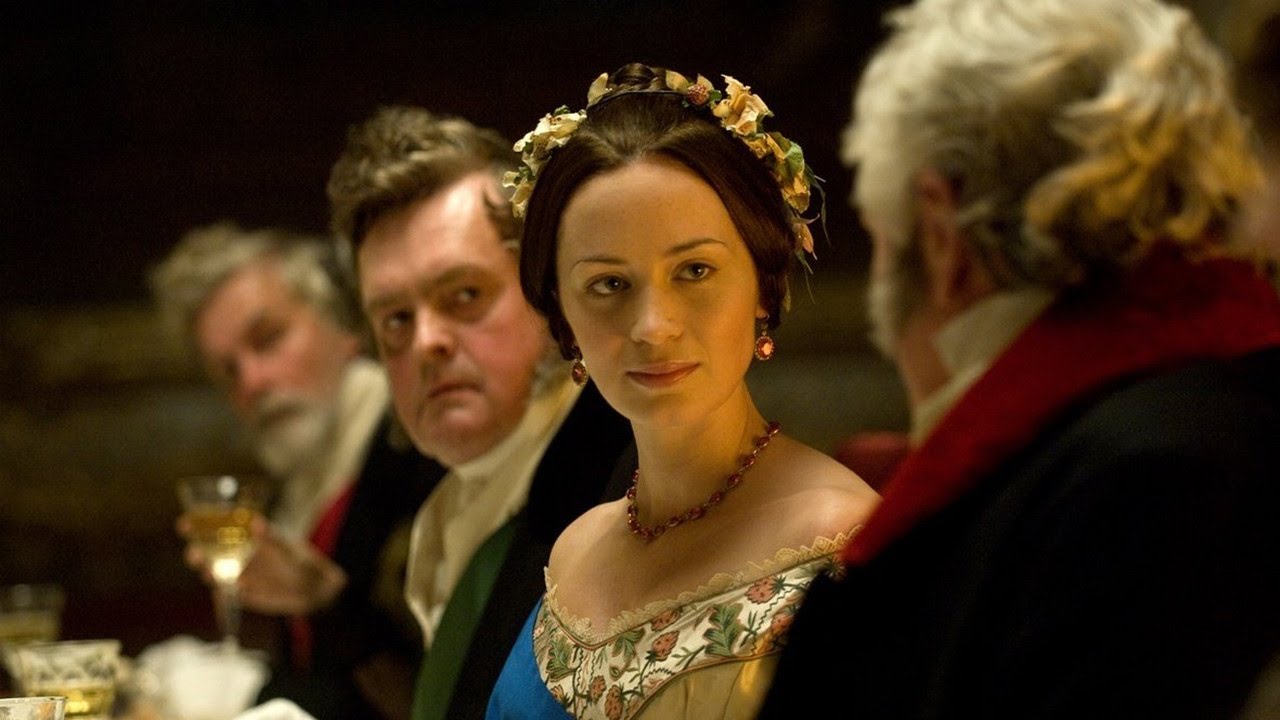
“The Young Victoria” is directed by Canadian filmmaker Jean-Marc Vallée and written by “Downton Abbey” creator Julian Fellowes. The film follows the early life of Queen Victoria, one of the longest reigning monarchs of the United Kingdom.
The film was conceived to be as historically accurate as possible and minutely examines the life of Queen Victoria from the time when she was Princess Victoria of Kent, heiress to the throne of the United Kingdom to her assassination attempt in 1840, after just three years of ruling.
Emily Blunt was nominated for a Golden Globe for Best Actress in a Drama for her role as Queen Victoria, and the film also received two Oscar nominations for Best Art Direction and Makeup and won in the Costume Design category.